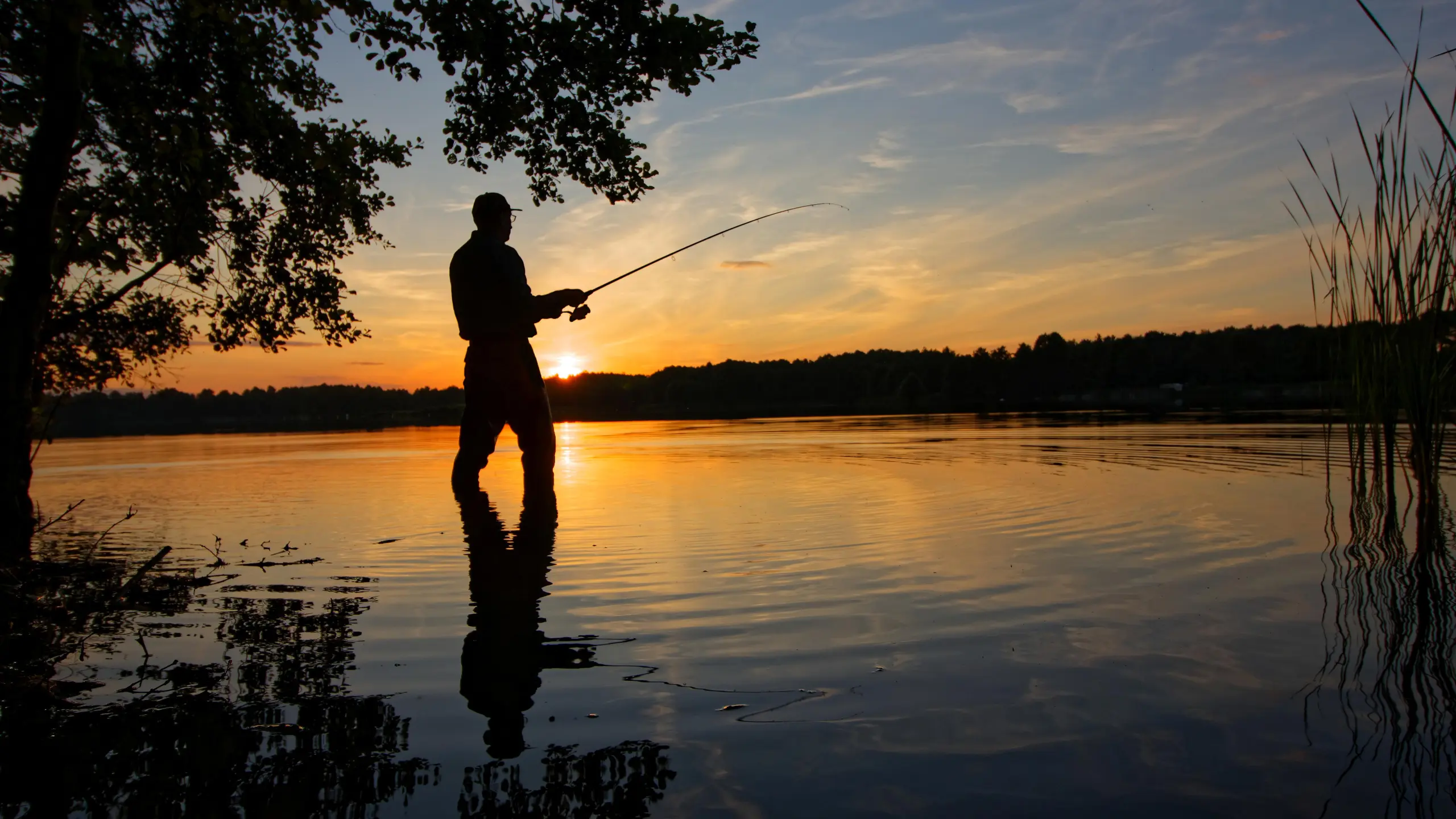Fishing
The act of trying to catch fish is commonly referred to as fishing. Fish are usually taken from the marine or freshwater environment, but they can also be found in reservoirs, canals, ponds, and wetlands. Various techniques can be used to catch fish, such as hand-gathering, fishing, shooting, trapping, and netting. More destructive methods are often used, such as poisoning and electrocution.
Besides fish, the term fishing also refers to the catch of other aquatic animals such as shellfish, crabs, echinoderms, and cephalopods. It is not usually used to refer to the harvesting of fish raised in fish farming. Also, the terms sealing and whaling are not usually used when hunting aquatic mammals.
Since the hunter-gatherers started using fishing tools, it has been a part of human culture. Besides being used to eat fish, it is also a recreational activity that involves fishing for fish and holding competitions, after which participants can sit down near the river or lake and calmly play 9 masks of fire demo.
Parachuting
Skydivers and parachutists use the concept of transiting through the atmosphere using gravity. They control the speed of their descent through the use of parachutes.
For most skydiving, the free-falling phase is usually performed when the parachute has not deployed. During this period, the body’s speed increases as it falls.
During cargo skydiving, the descent can begin immediately, even if the parachute is deployed in the lower atmosphere. It can also be delayed, as in planetary descents, where an object is dropping from space and enters the atmosphere at supersonic velocities.
Surfing
In surfing, an individual uses their board to propel themselves across a moving wave, usually toward the shore. The waves that are ideal for this sport are usually found on beaches. They can also be found in bodies of water, such as lakes and tidal pools.
One of the most common types of surfing is bodyboarding. This occurs when a person rides a wave on their board, either by lying on their belly or dropping their knee. Other forms of this sport include surfing on mats, using foils, and knee boarding.
In body surfing, the waves are caught and then ridden by the surfer using their body instead of a board. Some believe that this is the purest form of the sport. The closest type of body surfing is on a hardboard, which has a strap that can be attached to one hand.
While body surfing is more fun than standing-up surfing, the drag that surfers feel when they move through the water is greater with body surfing. Those who ride hydrofoils feel less drag and can enjoy riding unbroken waves.
Ice climbing
Ice climbing is a kind of extreme sport that involves climbing routes that are only accessible through frozen water. To do this, an individual must have the necessary equipment, such as a pair of ice axes and crampons. To prevent falls, an ice climber uses steel screws to protect their route.
Various types of ice climbing routes can be accessed through frozen water. Some of these include hanging icicles and seasonal frozen waterfalls.
During the 1970s, the sport of ice climbing became a standalone skill, like alpine climbing. The grade at which ice climbing is most common is WI6, which is due to how it tends to hang. This condition is usually associated with long routes of sheer ice, and it can lead to death.
The technical difficulties of ice climbing routes have been pushed by mixed climbing, which involves using ice tools to cross bare rock surfaces.
In 2010, ice climbers were able to create new routes through the Helmcken Falls in Canada. These are some of the hardest of their kind in the world. The routes that these individuals have created are graded up to WI13.


1 comment
[…] Source link […]